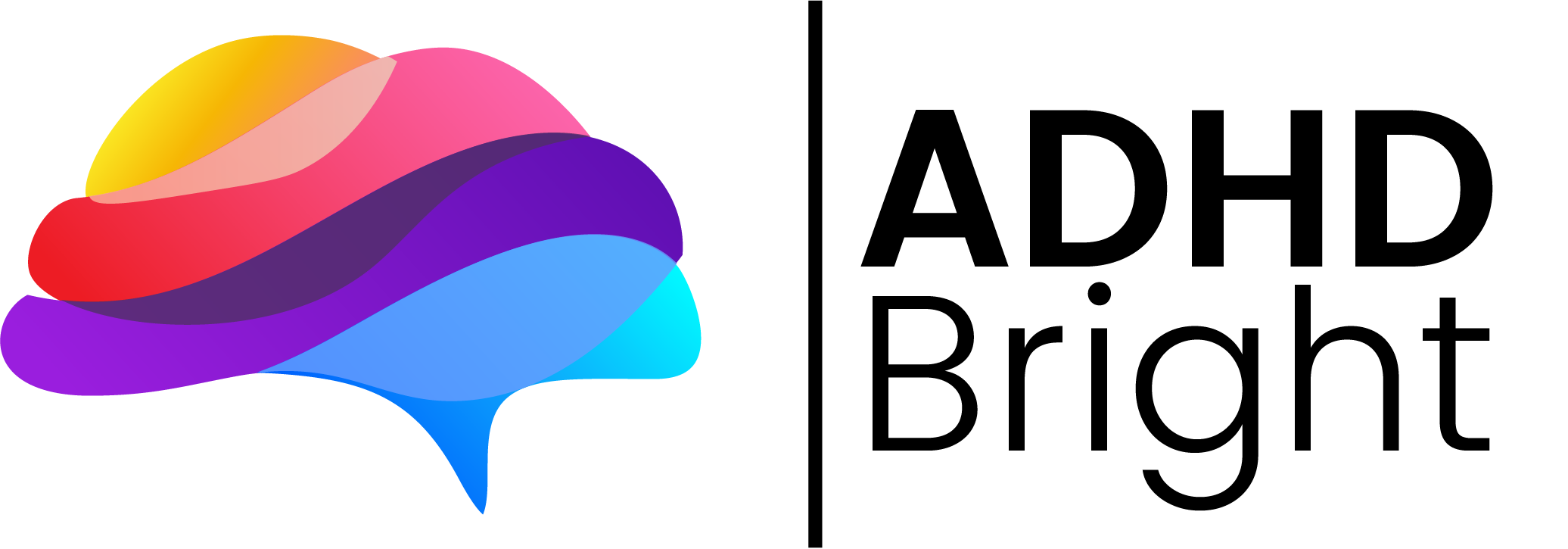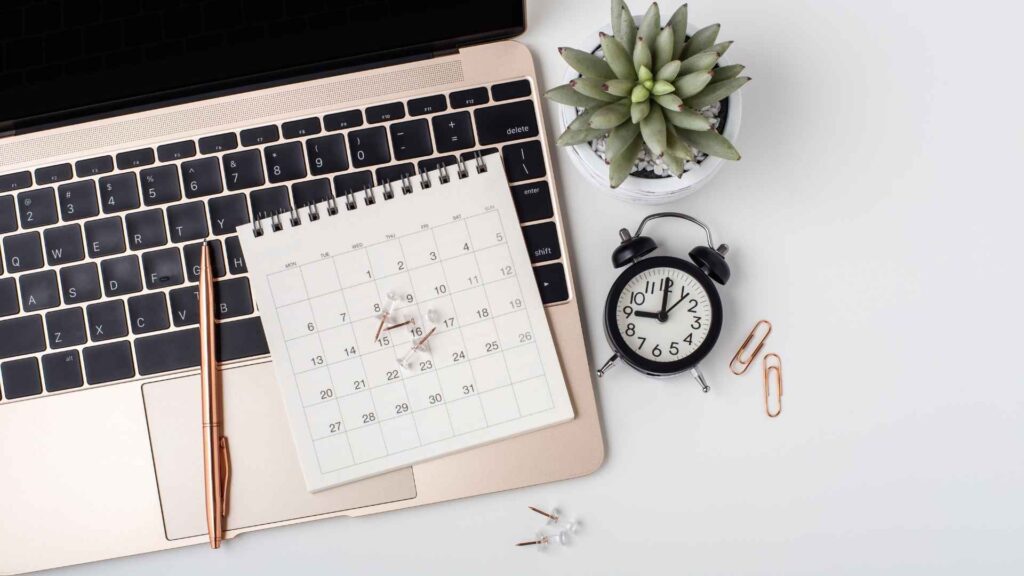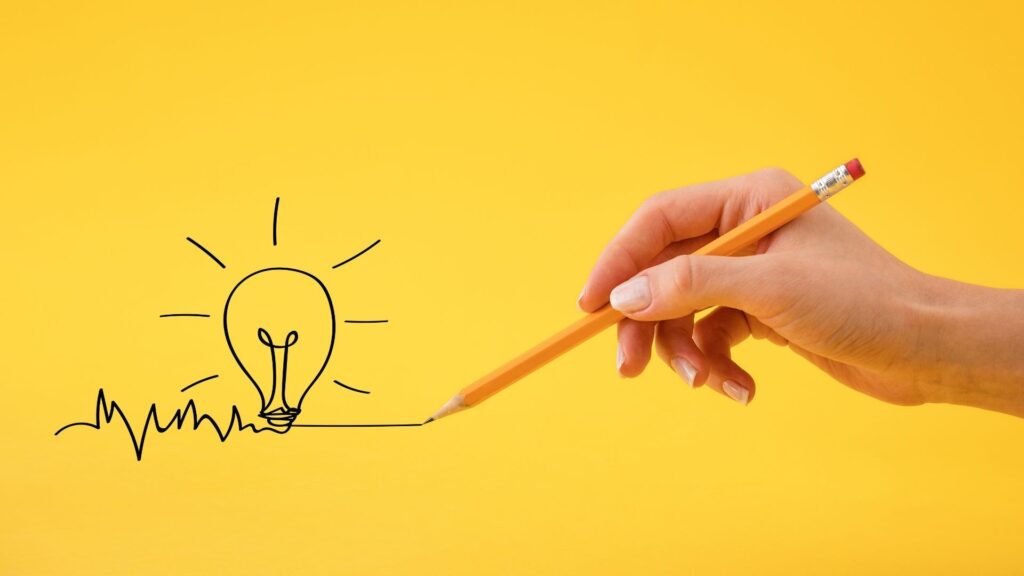If you haven’t read Part 1: How to Choose the Best Planner for ADHD, start there first.
Now that you’ve found your best planner for ADHD, it’s time to tackle the real challenge: actually sticking with it.
Because if there’s one thing most ADHD adults can agree on, it’s this — no planner in the world works if it sits unopened on your desk.
Why ADHDers Struggle to Stick With Planners
It’s not about laziness or lack of willpower.
It’s neuroscience.
Studies show that ADHD brains have altered dopamine signaling (Volkow et al., 2009) and lower activity in the prefrontal cortex (Cortese et al., 2012). That means:
- We crave novelty.
- We struggle with consistency.
- Routine feels boring (and boring literally hurts the ADHD brain).
So when the motivation fades, our brains go, “Next!” — even if the system was working.
The Real Science Behind Consistency
Research shows that people with ADHD have lower baseline dopamine (Volkow et al., 2009), making routine tasks less rewarding. That’s why we lose focus fast, crave novelty, and drop our planners halfway through the week.
But here’s the good news: you can re-train your brain through habits, rewards, and gentle planning tips that make consistency fun.
If you’ve ever wondered what consistency with ADHD really looks like, it’s not perfect streaks or flawless daily effort. It’s showing up imperfectly, with half-filled days and messy restarts that still add up. We dive deeper into this idea in Consistency With ADHD: Why Showing Up Imperfectly Still Counts. It’s a reminder that consistency isn’t about being perfect—it’s about creating systems that bring you back, even after breaks.
Step 1 — Start With a Trigger You Love
The easiest habit starts with something you already do—like sipping your morning coffee or sitting at your desk before work.
Keep your planner on your bedside table or next to that mug. When you open it at the same time each day, your brain links the action to reward. That tiny cue builds good habits faster than motivation ever could.
Example: Each morning, open your paper planner, write one priority for the day, and glance at your schedule for the week ahead.
Step 2 — Plan Ahead, But Keep It Small
You don’t need to fill every page or color-code every specific day. Instead, plan ahead lightly—outline your week, not your whole future.
Break big picture goals into smaller tasks you can complete in 10 minutes. Science calls this “task chunking,” and it helps your brain stay calm.
Example: Instead of writing “finish project,” write “outline section 1.” You’ll get a dopamine reward for progress and stick with it longer.
Step 3 — Make It Visually Fun
Decorate your planner regularly! Add color, stickers, or a strip of washi tape on every new month or week. Visual cues improve organization and memory retention.
If you use a bullet journal, doodle, draw layouts, or create a layout you actually enjoy. It doesn’t need to be perfect—just fun.
Example: Use a dotted layout to track habits, highlight events, and give each weekend its own color. The more personal your pages feel, the more likely you’ll stick with them.
Step 4 — Reflect Weekly
Every week, take ten minutes to review what worked and what didn’t. Write short notes about your wins and your mistakes—that’s how your brain learns.
You’ll notice patterns, build good habits, and feel a sense of progress. Even a short reflection can inspire you to improve your routine next week.
Example: Ask, “Which tasks energized me? Which drained me?” Then adjust next week’s schedule. That simple method keeps you aligned with your long term goals.
Step 5 — Keep Your Planner Visible
Out of sight, out of mind. Keep your planner open on your desk or bedside table, not tucked away. You’ll naturally forget less and write more.
If you prefer digital, set reminders that nudge you to use your planner. If you’re a paper planner fan, leave a pen in the first place you’ll see it when you wake up.
Planning tip: Add a sticky note that says, “Open me.” That gentle reminder will help you stick with your planner consistently.
Step 6 — Build New Habits Through Reward
Dopamine drives repetition. Each time you fill a box or track a habit, celebrate that complete moment.
Reward yourself—listen to music, stretch, or enjoy a small treat. The importance is to make the experience feel rewarding, not like homework.
Example: When you finish a week of consistent planning, treat yourself with a reward or write a note of gratitude. That small reward teaches your brain that using a planner feels good.
Step 7 — Automate Where You Can
Repetition becomes effortless when you turn it into a routine. Create templates for daily routines, monthly pages, or a weekly agenda.
Example:
- Monday = plan your week
- Friday = reflect & reset
- Sunday = decorate your layout for a fresh start
Automation removes the worry about remembering and lets you stay organized naturally.
Step 8 — Forgive and Restart
You’ll skip a specific day or even a whole week—everyone does. Don’t see it as failure; see it as a fresh start.
Research (Lally et al., 2010) shows missing a day doesn’t break a habit—quitting does. So, instead of guilt, just fill the next page and keep going.
Example: Add “Restart Week” headers in your planner. It feels like a new planner moment each time and keeps your motivation high.
Step 9 — Use Creativity to Build Personality
Your planner should mirror your personality. Add creative touches—quotes, photos, idea lists. The goal isn’t perfect handwriting; it’s self-expression.
Create spreads for your long term goals, events, or ideas that excite you. That personal space transforms your planner into a self-care tool, not a chore.
Step 10 — Celebrate the New Year or New Month
Every new year or new month feels like a reset. Use it to re-evaluate your planning system, routine, and agenda.
Add a vision page for your big picture dreams or an organization checklist for the month ahead. Small tweaks create big consistency.
Final Thoughts
Learning how to stick with planner habits isn’t about perfection—it’s about patience. Stick through the messy weeks, celebrate your smaller tasks, and treat every page as a fresh start.
With time, using your planner becomes automatic. You’ll build new habits, regain a sense of control, and finally stay organized without effort.
So pour your coffee, grab your favorite pen, and keep your planner close.
Your future self will thank you for every page you fill, every plan you create, and every habit you choose to stick with.
Ready to try a planner designed specifically for ADHD brains? Explore ADHD Bright—a neuroscience-backed digital system that actually sticks.




